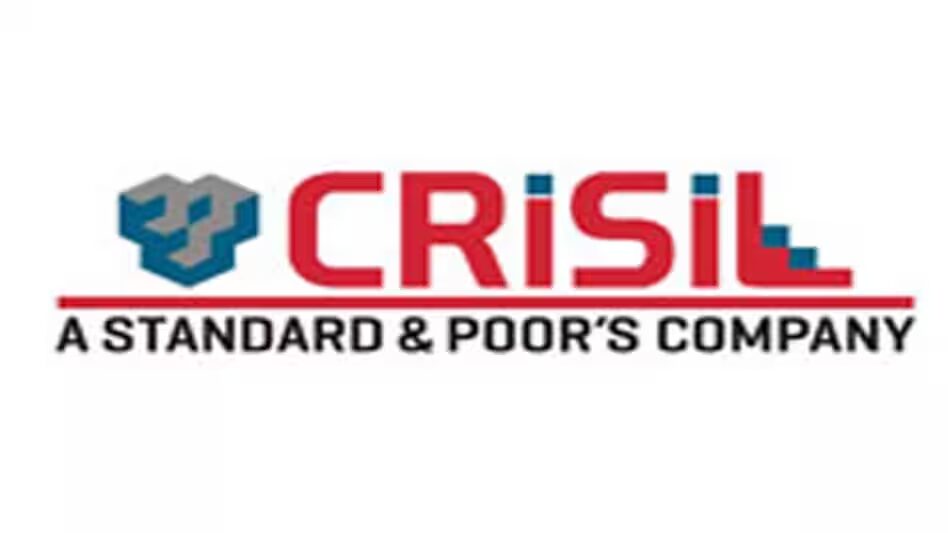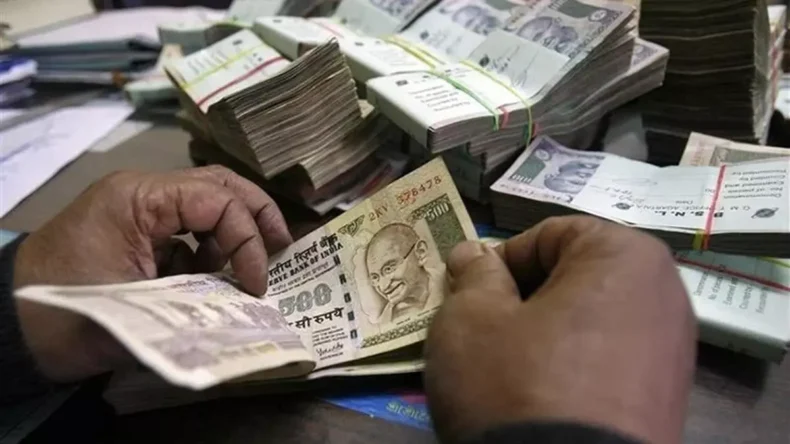The elections are near, hence the freebies are here. The purse strings seem to be coming loose. No need is too needy anymore, the shower of power is the only way to go.
11 states have a whopping non-committal social welfare expenditure of Rs. 4 lakh crore, mounting upto 75-80 per cent of the average GSDP (gross domestic national product). This leads to a prediction of 1.7 per cent of GSDP, according to the BE (budget estimates) of the states for the fiscal year 2024.
Prior to the year 2018, the average expenditure was 1.2-1.3 per cent. As the budget for the same has been on the rise, it is now at 1.6 per cent in the fiscal year 2024, as per the revised estimates.
According to CRISIL, the revenue expenditures of the state can be broadly divided into committed and non-committed expenditure.

Non-Committed Revenue Expenditure
According to the state, social welfare is a part of the non-committed expenditure, which can vary year-on-year, ranging from DBT (direct benefit transfer), distribution of personal or household items, among other freebies. Although, sectors like education, health, electricity are accounted for separately, where since the pandemic health sector has seen an rise in its expenditure of the CAGR, surmounting to 12-13 per cent.
Committed Revenue Expenditure
Committed expenditures form a significant chunk, which have very little room for wiggling around, such as salaries, pensions, interest payments, etc., comprising of approximately 47-50 per cent of the revenue expenditure- according to the estimated CAGR (compounded annual growth rate) 2018- 2024.
Anuj Sethi, Senior Director at CRISIL Ratings, highlights, Spending on social welfare schemes is projected to experience an impressive Compound Annual Growth Rate (CAGR) of 16 percent between fiscal years 2018 and 2024. This growth significantly outpaces the 11 percent increase in overall revenue expenditure. This faster pace in social welfare spending is a result of states focusing on providing financial support to specific groups through methods like direct transfers, pensions, and cash incentives. In some cases, it’s also about fulfilling commitments made during elections.
These increased allocations are coinciding with steady growth in revenue receipts, creating persistent revenue deficits. According to CRISIL, During this timeframe, the increased emphasis on welfare schemes coincides with an anticipated Compound Annual Growth Rate (CAGR) of 11 percent in capital expenditure (capex), maintaining it within a confined range of 2.0 percent of Gross State Domestic Product (GSDP). A more substantial allocation towards capex, education, or health is projected to wield a relatively stronger influence on enhancing revenue and bolstering productivity for states in the short and medium run.

Kerala, Tamil Nadu, Gujarat, Andhra Pradesh, Uttar Pradesh, Madhya Pradesh, West Bengal, Karnataka, Maharashtra, Rajasthan, Telangana are the states who have collectively shown this trend. This also coincides with the upcoming elections in the majority of the states.
While it’s important to allocate funds for social welfare schemes due to India’s population, consistently increasing these allocations without matching revenue growth could affect the states’ credit standings in the long term.













